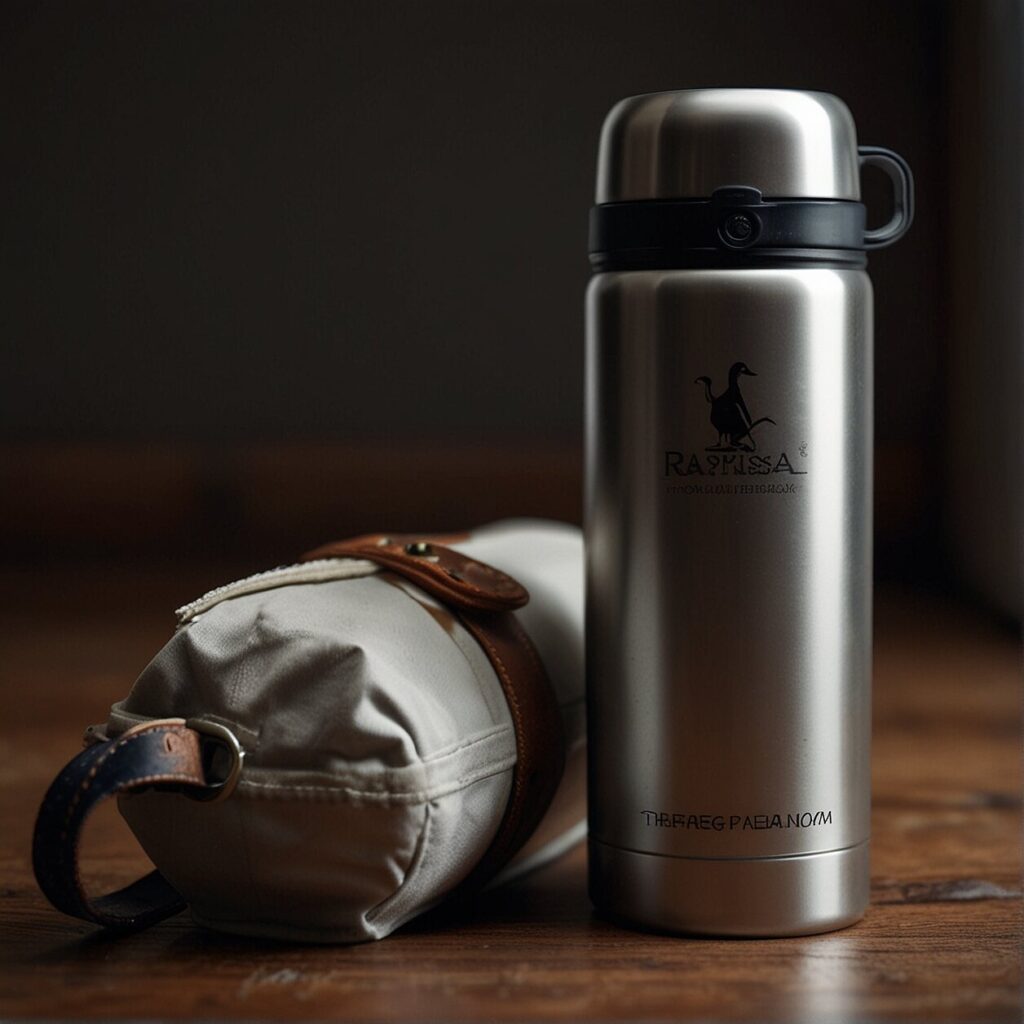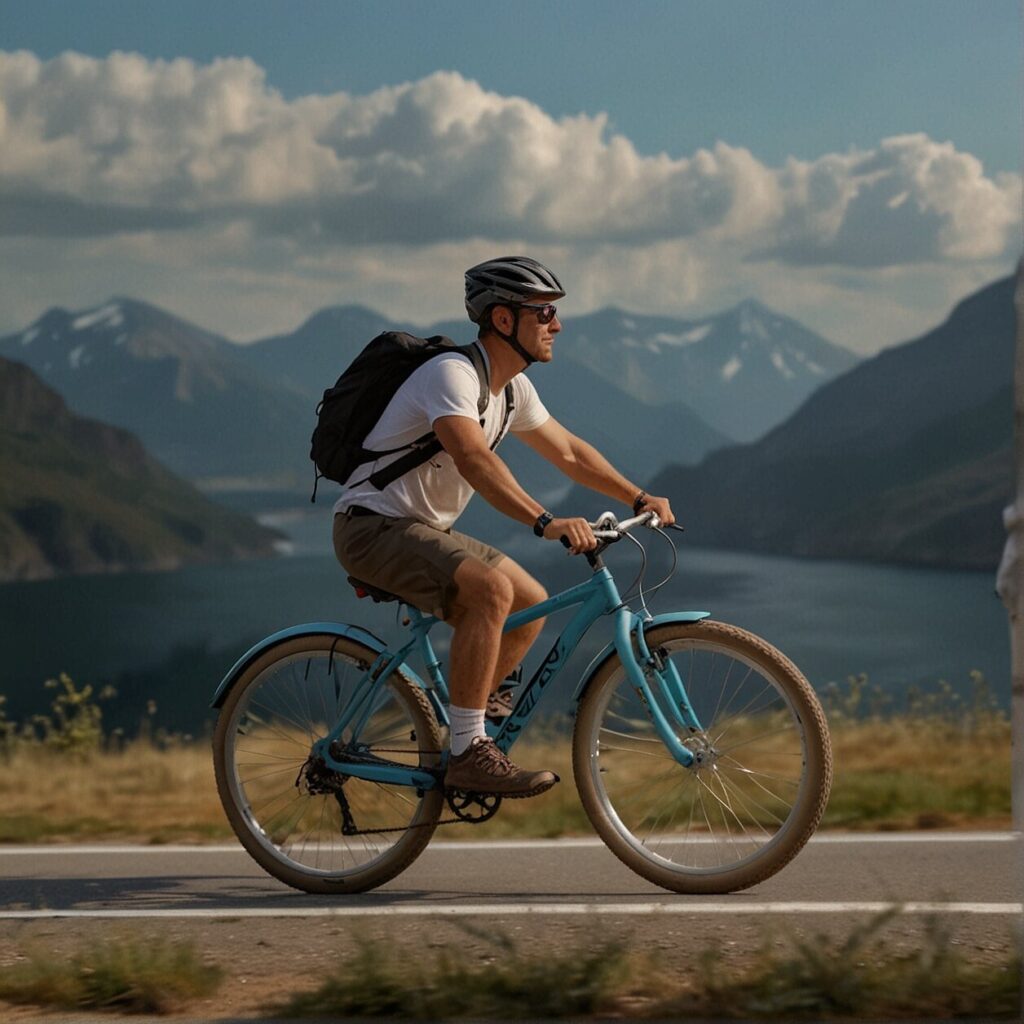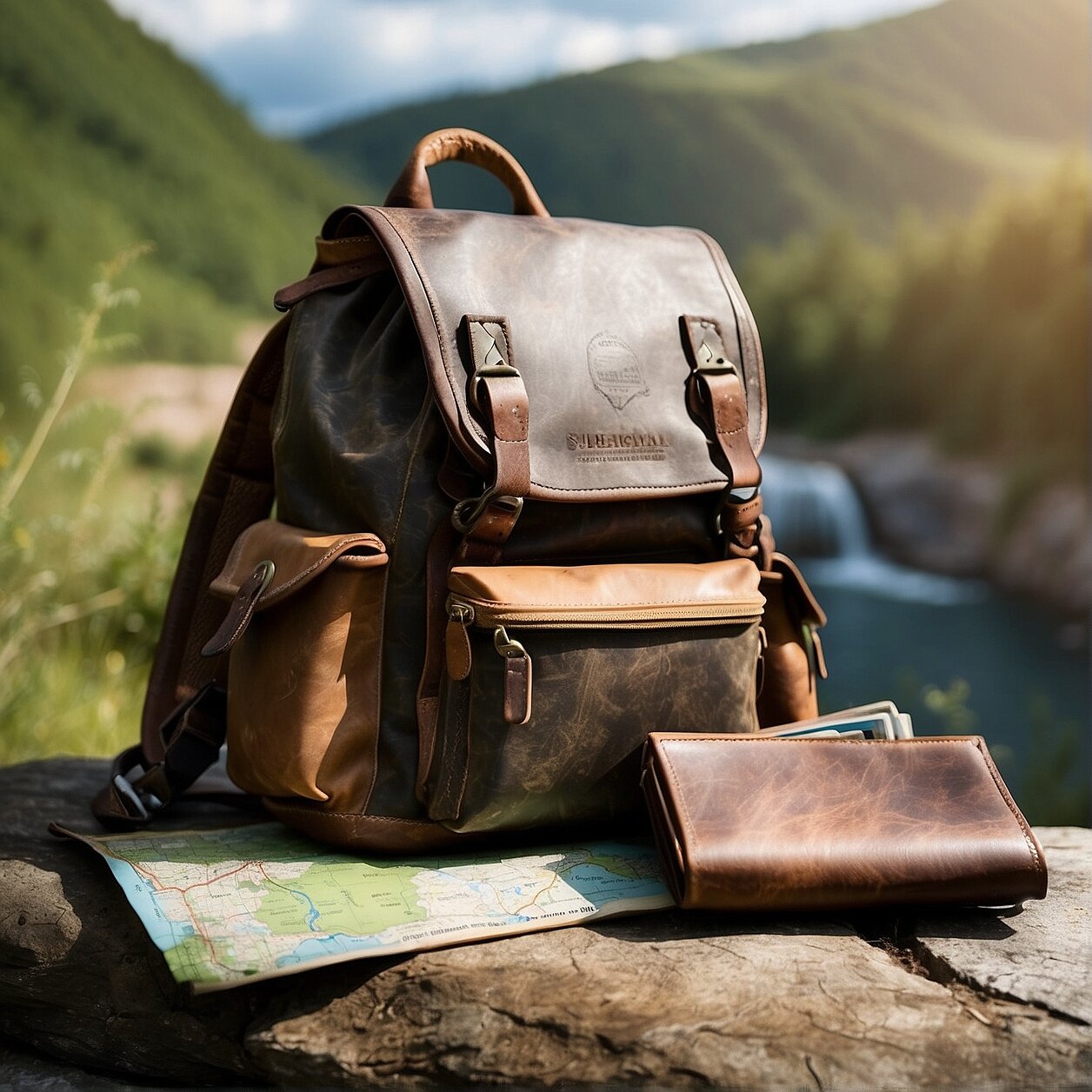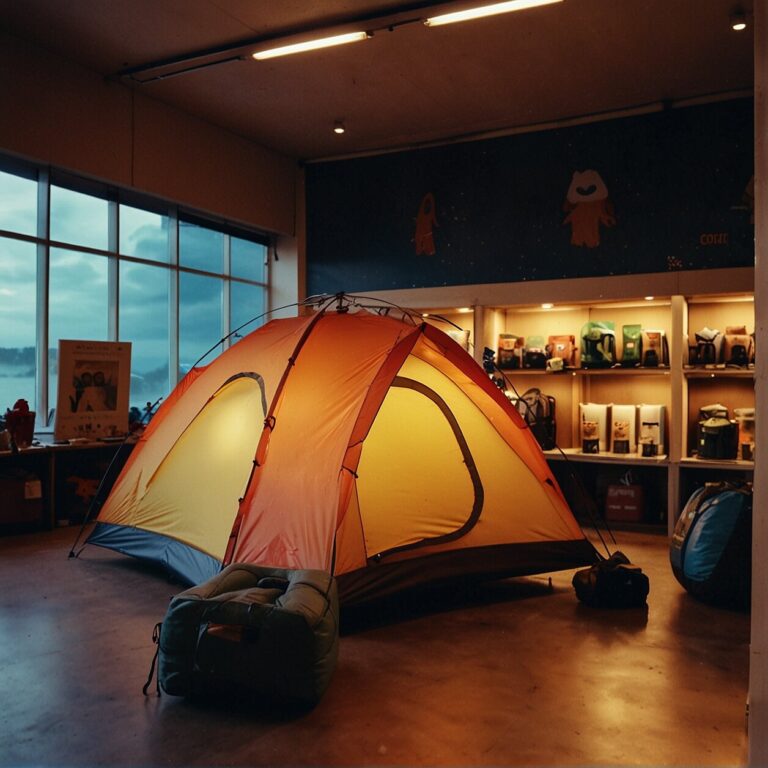Essential Budgeting Tips for the Solo Backpacker
If you’re a solo adventurer and brimming with an insatiable appetite for exploration, then this article is crafted just for you! Backpacking alone is exhilarating. It offers an exciting range of experiences and freedom like none other. However, it does come with its own set of challenges, the most daunting one being – budget management. Travel expenses can pile up quicker than you think. But don’t fret, we’re here to assist.
“Planning and budgeting for a solo trip can seem like a hurdle, but with the right strategies, it can turn into a rewarding learning experience.”
In this comprehensive guide, you’ll uncover practical tips for efficient budget management, learn how to distinguish between needs and wants, find out the best times to travel to save on costs, and understand how to select affordable accommodations. Plus, we will answer some common FAQs concerning budget solo backpacking. Let’s transform your dream into an achievable reality!
Understanding Your Travel Priorities
Understanding your travel priorities truly lies at the epicenter of effective budget planning. When you know what you value most out of your travel adventures, it’s easier to allocate your budget accordingly. Are you an adrenaline junkie, a culinary enthusiast, a culture vulture, or perhaps a peace-seeking wanderer? By identifying which category you fit into, you’ll know where most of your budget needs to be focused.
It’s all about finding the right balance between your interests and financial capabilities. For instance, an adrenaline junkie might prioritize adventure activities, such as bungee jumping or whitewater rafting, while a culinary enthusiast might allocate more funds towards trying exotic delicacies or dining at local gems discovered through diligent online research.
Then there are destinations that align with your interests, but the reality of your budget might not stretch as far as some locations. This is where research comes in – it’s essential to investigate destinations, cross-referencing the cost, safety, and the potential experiences offered. Utilizing resources such as travel websites, apps, and social media platforms is extremely beneficial. Here, you can read reviews, compare prices and take virtual tours to get a better idea of what to expect.
In conclusion, successful travel planning requires you to have a clear understanding of what you want from your solo adventure, taking your budget into consideration. This is a cardinal aspect of the process, and once achieved, it sets the foundation for crafting a memorable and budget-friendly travel itinerary.

Creating a Realistic Backpacking Budget
Starting your solo adventure with a solid understanding of your budget goes a long way. It helps you plan better, keeps you from overspending, and ensures you have sufficient funds for the whole trip. Every category of your expenses: transportation, accommodations, food, activities, must be assigned a realistic budget that reflects your travel goals and needs. This can feel overwhelming but hang tight, we’re here to guide you.
Transportation is a major factor when planning your budget. Research the best travel options available at your destination. Does the place offer public transit? Can you rent a bike or will it be more convenient to walk? It’s important to have a rough estimate of daily travel costs, plus any expenses that may arise from unplanned trips.
Your next significant expense will likely be accommodation. From backpacker hostels to Airbnb rentals, there are various types of affordable stays for solo travelers. You can save a considerable amount by opting for these budget-friendly options and choosing ones that offer amenities like free WiFi or breakfast, which can reduce other costs.
Food is another critical piece of your budget puzzle. Depending on your own preferences and the country you are visiting, your food expenses could range from minimal to significant. A helpful tip would be to eat like a local. Embrace local food stalls, markets or eateries where prices tend to be more budget-friendly. And remember to budget for that occasional fancy meal or your preferred comfort food. You’re here to enjoy yourself too after all!
Finally, determine what activities you want to try. Make a list of paid and free attractions. Some cities offer free walking tours, museum days, or local festivals that could be worth checking out. Allocate a part of your budget for surprise opportunities as well. You might cross paths with a unique experience you hadn’t planned for.
Remember, the goal isn’t to travel as cheaply as possible. It’s about spending your money wisely so your adventure can be fulfilling without breaking the bank.
Distinguishing Between Needs and Wants
Distinguishing between needs and wants is a key strategy for solo backpackers. While both may seem equally important, distinguishing between the two can significantly lower your overall trip expenses.
Your ‘needs’ essentially consist of the elements pivotal to your survival and safety during your trip. This includes basic yet vital aspects like accommodation, food, and transportation. However, therein lies another level of decision-making. For instance, with food—you can choose to dine in luxurious restaurants or enjoy local delicacies from the street vendors. The latter not only provides a genuine taste of the local cuisine but is also significantly cheaper.
When it comes to ‘wants’, these typically involve experiences, adventures, and services that enhance the quality of your trip. Examples may include activities like sightseeing tours, spa treatments, cultural experiences, souvenirs, and sometimes, even that fancy dinner. While these ‘wants’ add value to your experience, it’s worth noting that they can be substituted and moderated without compromising on the overall adventure.
In your solo travel planning phase, list down your needs and wants separately. Prioritize each list based on factors like importance, desire, and cost. This way, you’ll have a clearer vision of what to skip when budget constraints tighten.
Often, the distinguishing line between needs and wants blur. In such situations, consider the impact of each travel expense on your journey and make a choice. Will it enhance your experience? Is it worth the cost? Can you enjoy the trip without it? If you still find it hard to decide, review your list or seek advice from fellow travelers or online backpacking communities.
Remember, at the end of the day, smart budget planning is all about creating a balance between these needs and wants. This does not mean missing out on the fun or unique experiences or leading a Spartan lifestyle throughout your trip. Instead, it’s about being more mindful of your choices and their potential strain on your travel budget.
By distinguishing between needs and wants, setting your priorities, and making smart choices, you can enjoy a fulfilling solo backpacking trip without blowing your budget.

Choosing the Right Time to Travel
Timing, in the world of travel, is every bit paramount as it is in any other domain of life. In particular, for those embarking on solo adventures, choosing the right timeframe for your journey can have profound implications on your travel experiences as well as your budget.
A savvy globetrotter will tell you: travel during the off-peak periods. During such times, typically outside of school holidays and not coinciding with major festivals or events, countless travel destinations are significantly less crowded and more serene. More importantly, for the budget-conscious traveler, tickets and accommodations render more affordable during off-peak times. This provides incredible savings that can be funneled into creating more enriching travel experiences.
The caveat, however, to traveling during off-peak seasons is that some tourist attractions might be closed, and the weather might not be as amiable. But hold on! This brings us to another key factor: the critical importance of weather research. Weather extremes can hamper your outdoor activities, impact your comfort, and even pose safety issues – this is particularly crucial if a solo hike is on your itinerary. So, it’s paramount to delve into the climate conditions of your chosen destination to ensure their alignment with your travel plans.
Finally, maintaining flexibility is a must. Plans may not always unravel as expected, and an adaptable mindset can often mean the difference between a trip gone astray and one full of adventures and discoveries!
Finding Affordable Accommodations
Not compromising on comfort doesn’t always mean breaking the bank. Alternative lodging options are a boon when it comes to affordable accommodation. The trick lies in finding lodging options that ideally cater to both, your comfort and your pocket.
Staying at Airbnb rentals could serve as a home away from home, blending local authenticity and convenience. You can find a range of options in terms of price, style, and location. Don’t forget to look at reviews and ratings to get an accurate picture of what to expect.
Ever heard of Couchsurfing? It’s a fantastic platform that connects travelers with locals offering their couches or spare rooms, often for free. It not only is a cost-effective way to secure accommodation but also gives you a chance to interact with locals and understand the culture better. It’s essentially hitting two birds with one stone. Unconventional lodging options can also include university rooms and religious housing. These can prove to be more affordable and present a unique living experience.
Consider using hotel comparison websites if you’re more inclined towards hotel stays. These websites will help you locate the best available deals and choices according to your preferences and budget. Be sure to use tools like price trackers and set up alert notifications.
Opting to stay outside popular tourist areas could save you a substantial amount; locations that are a little off the beaten path usually offer lower rates. Public transportation is generally pretty accessible, so even if you stay a bit away from the city centre, you should still have easy access to the attractions.
In addition to all the above considerations, don’t overlook potential savings that could be made via loyalty programs. Certain accommodations, such as chain hotels, usually have reward programs that could earn you discounted or even free stays.
In a nutshell, it comes down to thorough research, planning ahead, and keeping an open mind.
FAQ’S
Now that we’ve walked through the importance of understanding your travel priorities, creating an accurate budget, choosing the correct travel time, finding accessible accommodations, and setting clear lines between your wants and needs, you might still have a few queries circling in your mind. This FAQ section has been crafted with utmost care to answer some of those common questions which can arise during the planning stages of a solo adventure. So, let us delve into addressing your concerns.
What are some ways to cut costs without compromising on travel experiences?
Traveling solo on a budget doesn’t have to mean limiting your experiences. Sure, survival is vital, but enjoying the journey is as well. In fact, there are many savvy strategies you can implement to stretch your dollars without sacrificing adventure.
Eat like a local: Often, the best culinary experiences come from small, local eateries rather than pricey tourist-oriented restaurants. Not only will you save money, but you’ll also immerse yourself in the local culture and cuisine. Street food is also a delicious and affordable option to try.
Pick budget-friendly transportation: Public transportation is not only cheaper than taxis or car rentals, but it’s also a great way to experience the destination like a local. Biking or walking where it’s safe and feasible is also a great way to save on transportation costs.
Visit free attractions: Expand your horizons without emptying your pockets by exploring free attractions. Many cities offer free museums, parks, galleries, and historic sites.
Smartly pack your backpack: Include travel essentials that might be expensive to buy on the go. This could range from a reusable water bottle to travel-sized toiletries.
Lastly, off-peak travel can make a significant dent in costs. Travelling in low seasons certainly has its perks besides affordability – think less crowd, more authenticity.
Remember, the goal of budget solo travel is not just to save money but also to create rich experiences. As you travel and grow, you’ll find your own unique ways to conserve resources while enriching your journey. Bon Voyage!
What are some budget-friendly destinations for solo backpackers?
For the solo travelers seeking an enriching experience without depleting their pockets, various destinations are intriguing and budget-friendly. Among them, destinations within the United States can be surprisingly frugal, given you make the right choices.
New Orleans, known for its vibrant music scene, delectable cuisine, and rich cultural heritage, proves to be a pocket-friendly city for the solo explorer. You can immerse yourself in French Quarter’s jazz clubs or devour the local foods, all within a reasonable budget.
Atlanta, home to significant points of interest like the Georgia Aquarium, CNN Center, and various historic sites, is another city that offers affordable accommodations and attractions. Additionally, its extensive public transportation system can further help you keep costs down.
Set amidst the sprawling deserts, Albuquerque – the largest city of New Mexico – allows for a budget-friendly and diverse travel experience. Its Native American, Hispanic, and Anglo cultures provide a rich tableau to explore. Besides, the availability of economical Airbnb rentals and local eateries makes it a preferred option for budget-conscious solo travelers.
The Great Outdoors also make for a fantastic, budget-friendly journey. For instance, national parks like Yellowstone, Grand Canyon, Zion or the Great Smoky Mountains offer affordable entry fees which give access to hiking trails, natural wonders, and endless photo opportunities.
Remember, no destination is out of reach if you plan judiciously. Your journey should give you joy, not financial stress. A well-researched and prepared budget-savvy traveler can discover and enjoy every nook and corner of the world.
How much money should I budget for a solo backpacking trip?
It’s challenging to provide an exact number for your solo backpacking trip because costs can vary notably depending on several factors – your destination, duration of stay, travel style, and personal preferences. Nonetheless, a rough guideline is always useful as a starting point.
Begin by breaking down your budget into different categories like transportation, accommodation, meals, sightseeing and attractions, and miscellaneous expenses. Transportation includes your flights, buses, taxis, or any form of travel you plan to use. For accommodation, consider things like hostels, budget hotels, or even campgrounds. Daily meals and drinks, sightseeing and attractions, and even other expenses like entry fees, travel insurance, and gifts could also make up a significant part of your budget.
Try to research the average prices for these categories in your chosen destination, and tally up roughly how it will affect your overall budget. Just keep a handy tip in mind – always overestimate. It’s way better to end up under-budget than to run out of cash in the midst of your trip. Remember, careful estimating and stringent budgeting are critical in ensuring a worry-free and truly fulfilling solo adventure.
Don’t forget to set aside a cushion for unexpected expenses. This might be for an emergency or for experiences you simply can’t pass up. Your solo travel journey is about exploration and discovery, and sometimes, that calls for a little spontaneity.
How can I plan my meals on a budget while backpacking?
Eating on a budget during your solo adventure doesn’t mean forsaking the delights and traditions of local cuisines. There’s plenty you can do to keep your food expenses within your budget, while also embracing the cultural exchange that comes with trying new foods.
Exploring the prevalent food scenes, classified by Cheap Eats or Street Food, is a fantastic way to start. Unless it’s a city known for sky-high prices, you can find local food trucks or stalls offering local meals without the high-end restaurant tag. Menus often include everything from traditional tacos to mouth-watering BBQ ribs and more exotic fare, all at reasonable prices.
Another approach is the practical Grocery Shopping and Self-catering method. It gives you control over your budget and what you eat. Most backpacker-friendly hostels come with communal kitchens where you can whip up a meal. When planning meals, consider groceries that are cost-effective and nutritious. Below is a simple meal plan:
- Breakfast: Oats, Bananas, Milk – estimated cost $5
- Lunch: Wholegrain bread, Deli Meat, Greens – estimated cost $10
- Dinner: Pasta, Tomato Sauce, Ground Turkey – estimated cost $15
Implicitly, understanding how to maximize your budget when it comes to meals may requirea a bit of flexibility and creativity. But, it can be an integral part of the adventure, indulging in the local food scene or preparing your own meals while saving money simultaneously.
Should I include travel insurance in my solo backpacking budget?
Yes, absolutely. Travel insurance can appear as an unnecessary expense when you’re fine-tuning your budget, especially for budget-conscious solo adventurers. However, it’s important to remember that travel insurance can prove to be a lifesaver should you encounter any unexpected events.
While the thrill of adventure and exploration may overshadow the potential risks, one cannot overlook the reality of potential mishaps on the road. Lost luggage, trip cancellations, unexpected medical emergencies – these can all end up costing more if not covered by insurance. From routine check-ups to emergency medical services, travel insurance policies can safeguard your funds and offer crucial support during unexpected situations.
Beyond financial protection, travel insurance provides a sense of security that can enhance the quality of your travels. Safety becomes paramount when you’re traveling solo, and knowing you’re covered can allow you to embrace your journey with confidence.
To wrap up, including travel insurance in your backpacking budget not only provides financial coverage for unforeseen circumstances but also contributes to your peace of mind. Like they say, “Better safe than sorry!”







